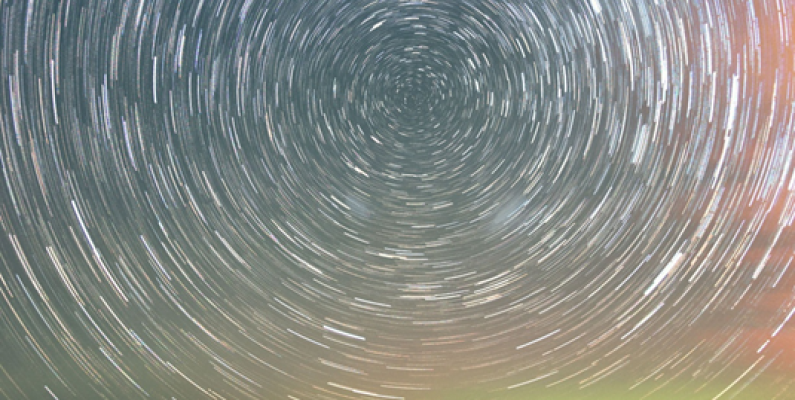
Welcome to the Sky Guide, your monthly guide to what's happening in the heavens!
Check out the printable version here: The-Sky-Tonight-October-2019.pdf
|
MOON MARAMA PHASES: |
SUN RĀ RISE / SUNSET |
|||
|
Phase
First Quarter Full Moon Third Quarter New Moon |
Date
Sunday 6 October Monday 14 October Tuesday 22 October Monday 28 October |
Tuesday 1 October Tuesday 15 October Thursday 31 October |
Rise
7.11 am 6.44 am 6.17 am
|
Set
7.45 pm 8.03 pm 8.26 pm |
|
Planets Whetū Ao: |
|
|
|
Jupiter Hine-i-tīweka 1 September until 2.02am 15 September until 1.13am 30 September until 1.22am
|
Saturn Pareārau 1 September until 4.08am 15 September until 3.12am 30 September until 3.14am
|
|
|
In Ophiuchus |
In Sagittarius |
|
Planets Whetū Ao: |
|
|
|
Jupiter Hine-i-tīweka 1 October until 1.53am 15 October until 1.08am 31 October until 12.18am
|
Saturn Pareārau 1 October until 3.43am 15 October until 2.50am 31 October until 1.51am
|
Venus Meremere-tū-ahiahi 1 October before 8.50pm 15 October before 9.30pm 31 October before 10.15pm
|
|
In Ophiuchus |
In Sagittarius |
In Virgo |
OCTOBER OKETOPA HIGHLIGHTS
Viewing Mercury
This month, Mercury will be at its greatest eastern elongation. This means it will be at the farthest point east from the Sun as seen from Earth. Because Mercury is so close to the Sun, it is often lost in the solar glare and difficult to see. However, from 15–24 October, it will be visible near the southwestern horizon for about an hour and a half after sunset. After this period, Mercury will appear to move closer and closer to the Sun, and, on 12 November, it will transit the Sun’s disk. This transit will be visible from New Zealand from sunrise until about 7am on the 12th, but should only be observed with a solar telescope or a camera obscura, as looking directly at the sun can damage your eyes.
Octans
Octans is a faint constellation in the southern sky. Not visible from the Northern Hemisphere, Octans was first created by French astronomer Nicolas Louis de Lacaille, who named 14 constellations in 1752, while on an expedition to the Cape of Good Hope in South Africa. Thirteen of the constellations he named honoured instruments that symbolised the Age of Enlightenment, a movement in Europe that focused on intellectual and philosophical advancement. The Octans constellation was named after an octant, a navigational tool that allowed explorers to determine the altitude of the Sun or a prominent star above the horizon, which they could then use to calculate the latitude of a ship.
The constellation’s connection to navigation doesn’t stop there. The South Celestial Pole (SCP), which lies directly above the southern horizon, is found in this dim group of stars. The star Sigma Octantis, also known as Polaris Australis, is considered to be the Southern Pole star, though it is significantly dimmer than its northern counterpart, Polaris, located in the Ursa Minor constellation and not visible in Dunedin. Because it is so faint, it is found using the Southern Cross constellation. Throughout the night, it appears as though all the stars in the sky are revolving around a motionless SCP. If you were standing on the Southern Pole in Antarctica and looked straight up, the SCP and Octans constellation would be directly above you.
Lunar and Solar Halos
Have you ever looked into the sky to see a large circle of light surrounding the Sun or Moon? This otherworldly-looking phenomenon is called a halo. There’s an old meteorological saying: ring around the moon means rain soon. This saying does actually have some truth to it, as solar and lunar halos only appear under certain conditions. The sky will often look clear when these halos are present, but they result from high, thin, cirrus clouds which contain thousands of tiny ice crystals that split and reflect light. These cirrus clouds form in advance of warm fronts, which often bring rain as they approach and pass overhead.
Halos can also sometimes appear because of diamond dust. This is a ground-level ice crystal cloud that forms in very cold weather. Because of this, these types of halos mostly form in Polar Regions and aren’t as common here in New Zealand.
Next time you see a solar or lunar halo, pay attention to the colours you see in them. Because the sunlight is brighter than moonlight, solar halos will often have more colours visible in them while lunar halos appear more monochromatic. Also, each halo is specific to the person looking at it, due to the orientation and position of the ice crystals in relation to your eyes.
Top Image: Otago Night Sky. By Ian Griffin © Otago Museum
